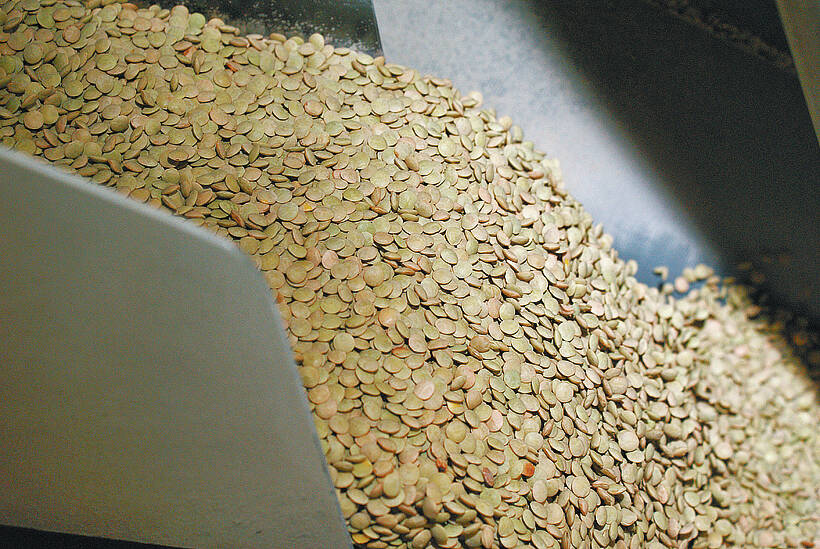Are you leery about pricing a crop that you haven’t even seeded yet?
Growers Marketing Service analyst David Reimann says he has a lot of clients tell him they want to price only when they know how much they’ll have safely in the bin.
Reimann told farmers at the Saskatchewan Canola Growers annual meeting last week that there is little danger in pricing a quarter of the expected crop long before summer.
“How many times in the last 20 years have you not harvested 25 percent of what you thought you would?”
Read Also

Green lentil market oversupplied
Farmers in Western Canada can expect price pressure on their new crop of green lentils, as the available supplies among the world’s major lentil-growing nations increase significantly.
Reimann and a lot of other market analysts recommend farmers use price rallies on the Winnipeg Commodity Exchange this winter to start locking in canola values by using either the services of a broker or the various contracts offered by grain companies.
They note the forecasts of bigger canola crops in Canada, Australia, the United States and Europe in 1999. They note there is no guarantee the big demand from China that surprised the market last fall and this winter will continue. Competing palm oil production, devastated by last year’s El Nino, should start to recover in 1999.
This adds up to a greater possibility of falling canola prices than rising values.
Some farmers might also be reluctant to lock in prices, fearing they will miss the top of the market. But Reimann said few people, including market analysts, know when the market has topped.
He said he knows of farmers with a target of $8 a bushel who won’t sell at $7.98.
“That meant essentially that he was willing to bet $7.98 to try to make two cents. To me, that is an absolutely ridiculous way to go.”
The goal of marketing should be to make a profit on sales, not to focus on price. If you know your true cost of production, then you know what market price will get you a profit.
Reimann advised producers to keep an eye on the market this winter and watch for rallies.
Last week, oilseed markets dropped because of the United States Department of Agriculture’s forecast of big carryover stocks of soybean in the U.S., the Brazilian currency devaluation and forecasts of rain in the soybean areas of Brazil and Argentina.
But there will be price runups this winter associated with weather scares in South America and they will be the times to lock a price for some of the 1999 canola crop.














